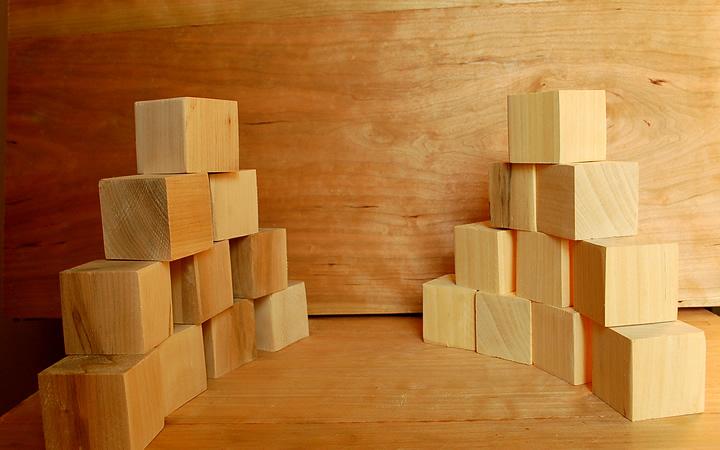If asked to "draw an engineer," you might, perhaps, draw a man with glasses, sitting alone at his desk. If you did, your picture would match up with those drawn by many students when asked to do the same, even in their early elementary school years.
To combat this, and to promote engineering as a profession and vocation for people from all walks of life, many new science standards incorporate engineering concepts as early as first grade. I spoke with Gina Svarovsky, Assistant Professor of Practice in Engineering Education for the Notre Dame Center for STEM Education, about the reasons for and benefits of incorporating engineering lessons into an elementary curriculum.
Many educators talk about the "engineering pipeline," the hope that if students are introduced early to engineering, many will enter college knowing about and considering a calling to be an engineer. Svarovsky prefers to see it somewhat differently.
"I like to think about it as a range of pathways to engineering, rather than a pipeline that you're either in or you're out," she said. "Can we give students a variety of ways to engineering so that it starts to interest them early on? "
More than just fighting against stereotypes, teaching engineering to younger students can not only help them understand what the profession is, but also empower them to believe that they can work through any problem that they set their minds to.
"At the core, engineering is about the process," Svarovsky said. "Whatever age you are, you can engage in this process to build that backbone to be more ready for more advanced and sophisticated types of engineering that you'll see in high school and college."
And for Catholic school teachers particularly-in addition to providing a high-quality education-engineering lessons can be a way to explore Catholic school values. For instance, Pope Francis's first encyclical, Laudato Si, addresses the important mission of preserving "our common home." Engineering lessons could revolve around ways to solve various environmental problems, such as clean water, climate change, etc.
It can also be intimidating for teachers to try to incorporate engineering lessons into their classrooms, since many have not taken engineering classes, but there are a number of resources available to help teachers feel more comfortable (Svarovsky recommended resources are listed below).
One particular resource called "Engineering is Elementary," uses a five-step design process that's easy for young students to engage with:
Ask forces students to explain what exactly they're trying to do, and what problem they're trying to solve.
Imagine incorporates brainstorming, encouraging students to come up with creative solutions, and hopefully more than one solution, which can be a real challenge for younger students.
Plan is the key component of the process that really sets this type of exercise apart from trial and error and moves it into engineering. It challenges students to ask "What is your solution going to be?" "What do you need to solve it?" and "Why is it going to work?"
Create is the building and testing stage, which students can understand even if they don't have the full math and science background that older engineers have.
Improve is the hallmark of engineering, but also leads to a mindset that can be helpful and productive throughout a child's education - you can always revise something, always make it better, and it won't be the best it can after one try.
In the end, engineering is all around us, and bringing it into the classroom in a structured way helps integrate science and math, but also provides a way of thinking that can be beneficial for students in all aspects of their life.
"People engage in engineering ways of thinking all the time, they just don't realize it," Svarovsky said.
Helpful Engineering Education Resources
https://www.teachengineering.org/
http://teachers.egfi-k12.org/
http://pbskids.org/designsquad/parentseducators/program/index.html
http://eie.org
photo credit: Spalted Maple versus Obeche via photopin(license)
 Alliance for Catholic Education
Alliance for Catholic Education
